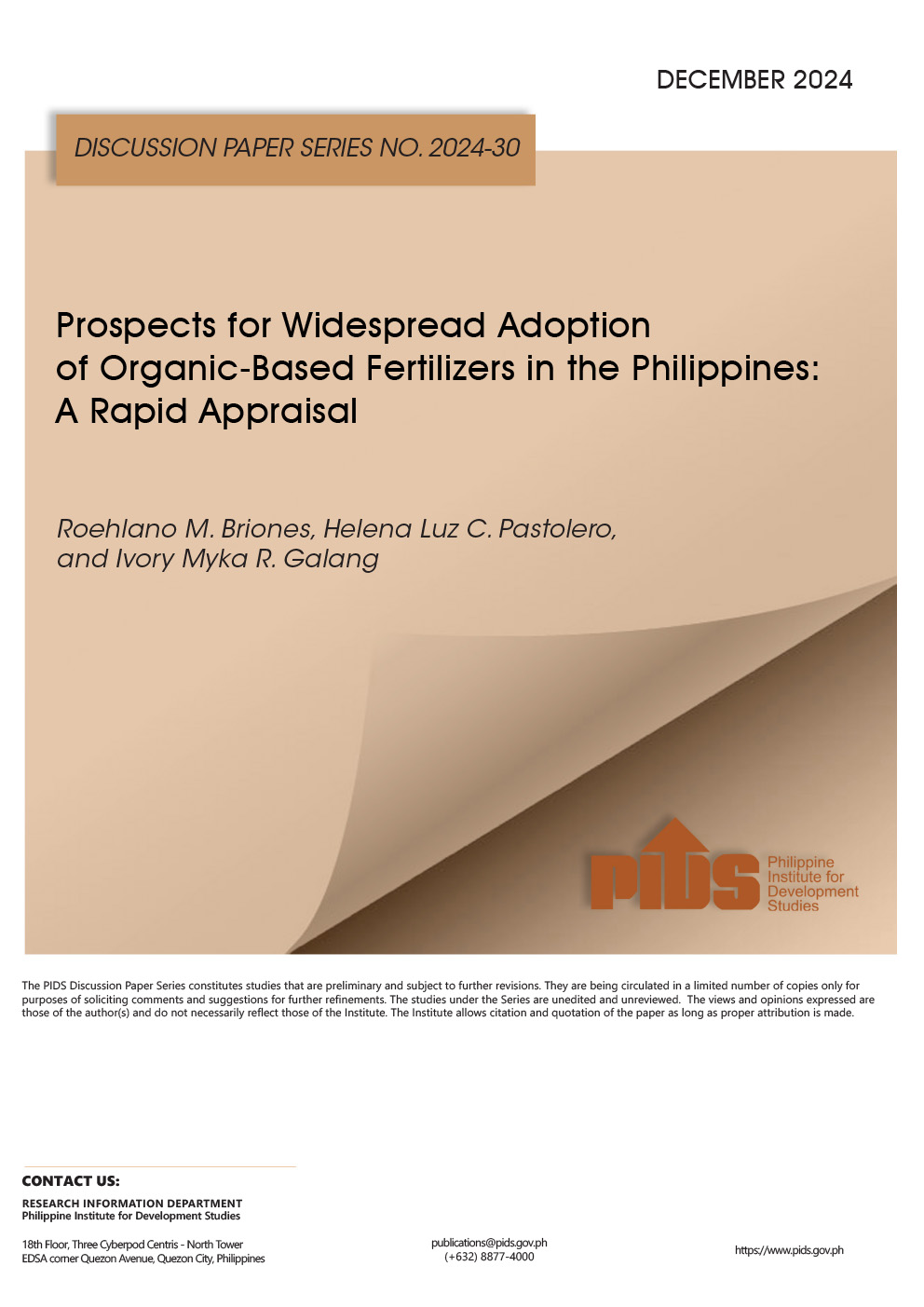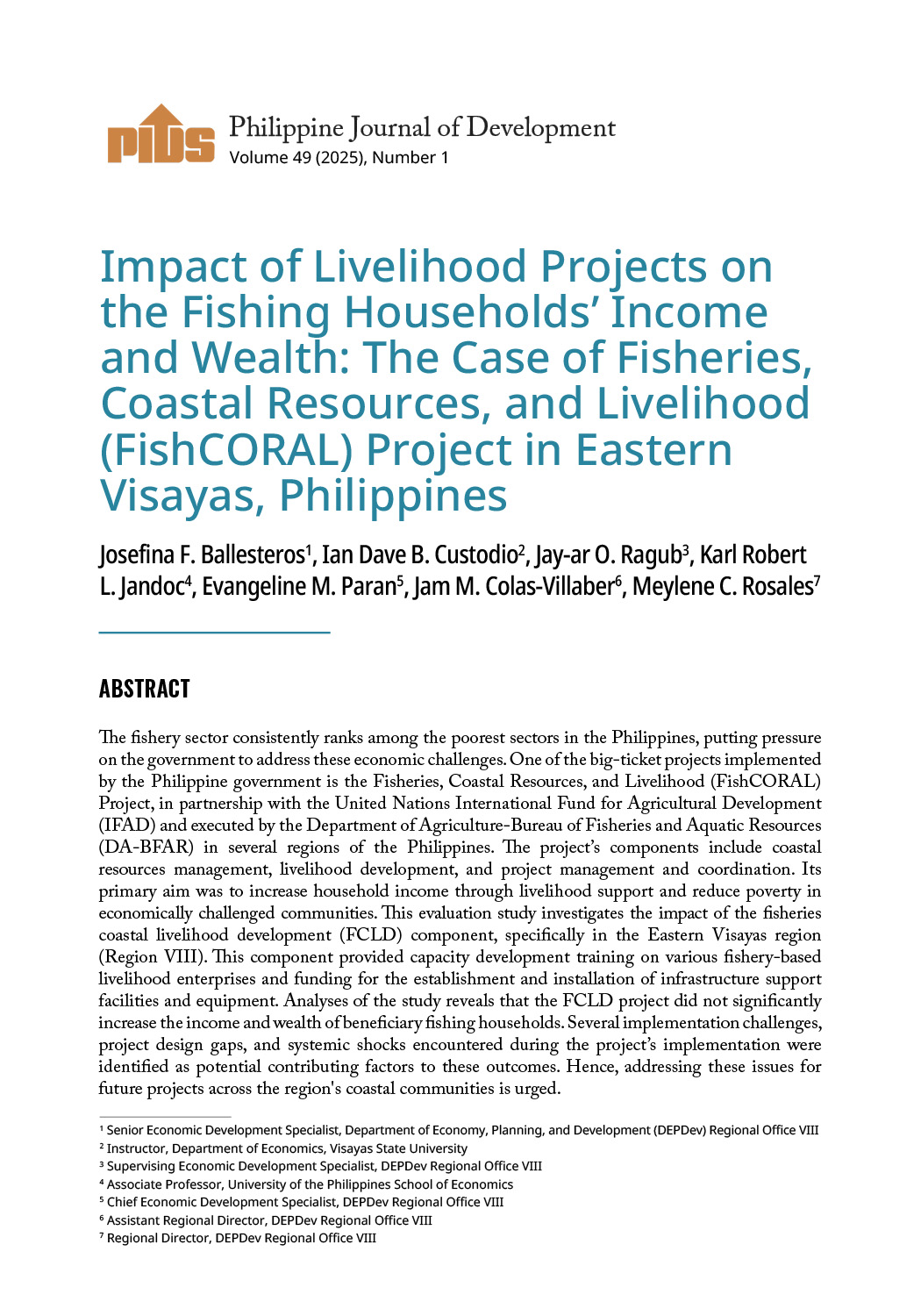The Philippines had enjoyed the protection of quantitative restriction (QR) on rice, or rice- import caps, for more than two decades. Upon joining the World Trade Organization (WTO) in 1995, the country was allowed to place caps on rice imports purportedly to discourage the influx of cheap staple from neighboring Southeast Asian countries. Rice was the only commodity that enjoyed the QR as the government had converted the import quotas into tariffs when Congress passed Republic Act (RA) 8178, or the Agricultural Tariffication Act.
Initially, the Philippines was allowed by the WTO to implement the QR on rice for 10 years. Manila was granted a seven-year extension when it expired in 2004. After the waiver on the special treatment on rice again lapsed in 2012, the Philippines sought and was again permitted by the WTO to keep import caps in place until June 30 this year.
In seeking the extension, the government cited the need to prepare the rice sector for competition from Asean countries, such as Thailand and Vietnam, which can produce the staple in a more cost-efficient manner. Despite being in place for more than two decades, domestic rice production continues to fall short of the requirements of Filipinos. Even after the Aquino administration had targeted rice self-sufficiency, the shortfall in rice output is still at around 1 million metric tons (MMT) annually.
The government should have rolled out the necessary measures to prepare the rice sector since day one of the effectivity of the QR for rice traded under the WTO. But problems that had plagued the sector for many years—lack of irrigation, inability to secure the necessary farm equipment, lack of access to cheap credit for their production capital—have yet to be addressed. And it doesn’t help that RA 8178 did not include a sunset clause for the implementation of the rice-import caps. Manila had informed the WTO that it could not yet convert the QR into tariffs because Congress has yet to amend the agricultural tariffication law.
The Legislative-Executive Development Advisory Council had identified the amendment of RA 8178 as a priority bill to fast-track its passage. A technical working group (TWG) created by the House Committee on Food and Agriculture recently approved a substitute bill to amend RA 8178. House Committee on Agriculture and Food Chairman Party-list Rep. Jose T. Panganiban Jr. of Anac-IP told the BusinessMirror that the lower chamber is planning to approve the bill on third and final reading before the end of the year. The Senate would also start discussions on the bill filed by Sen. Ralph G. Recto during the Halloween break, according to Sen. Cynthia A. Villar, the chairman of the Senate Committee on Agriculture and Food.
The substitute bill approved by the TWG created by the House Committee on Agriculture and Food calls for the crafting of a road map, which will specify new initiatives to help rice farmers cope with the possible influx of cheaper imports from neighboring Southeast Asian countries. Bureaucrats will also have the money to put in place measures to make the local rice sector competitive, as the substitute bill stipulates that all duties collected from the importation of the staple would go to a Rice Competitiveness Enhancement Fund. The Philippine Institute for Development Studies said last November that the removal of the QR would allow the government to generate at least P27 billion annually.
Economic managers said the scrapping of the rice QR could cut the cost of the staple. But its removal could also jolt government officials out of complacency and force them to focus on resolving the ills that have long plagued the rice sector.
Initially, the Philippines was allowed by the WTO to implement the QR on rice for 10 years. Manila was granted a seven-year extension when it expired in 2004. After the waiver on the special treatment on rice again lapsed in 2012, the Philippines sought and was again permitted by the WTO to keep import caps in place until June 30 this year.
In seeking the extension, the government cited the need to prepare the rice sector for competition from Asean countries, such as Thailand and Vietnam, which can produce the staple in a more cost-efficient manner. Despite being in place for more than two decades, domestic rice production continues to fall short of the requirements of Filipinos. Even after the Aquino administration had targeted rice self-sufficiency, the shortfall in rice output is still at around 1 million metric tons (MMT) annually.
The government should have rolled out the necessary measures to prepare the rice sector since day one of the effectivity of the QR for rice traded under the WTO. But problems that had plagued the sector for many years—lack of irrigation, inability to secure the necessary farm equipment, lack of access to cheap credit for their production capital—have yet to be addressed. And it doesn’t help that RA 8178 did not include a sunset clause for the implementation of the rice-import caps. Manila had informed the WTO that it could not yet convert the QR into tariffs because Congress has yet to amend the agricultural tariffication law.
The Legislative-Executive Development Advisory Council had identified the amendment of RA 8178 as a priority bill to fast-track its passage. A technical working group (TWG) created by the House Committee on Food and Agriculture recently approved a substitute bill to amend RA 8178. House Committee on Agriculture and Food Chairman Party-list Rep. Jose T. Panganiban Jr. of Anac-IP told the BusinessMirror that the lower chamber is planning to approve the bill on third and final reading before the end of the year. The Senate would also start discussions on the bill filed by Sen. Ralph G. Recto during the Halloween break, according to Sen. Cynthia A. Villar, the chairman of the Senate Committee on Agriculture and Food.
The substitute bill approved by the TWG created by the House Committee on Agriculture and Food calls for the crafting of a road map, which will specify new initiatives to help rice farmers cope with the possible influx of cheaper imports from neighboring Southeast Asian countries. Bureaucrats will also have the money to put in place measures to make the local rice sector competitive, as the substitute bill stipulates that all duties collected from the importation of the staple would go to a Rice Competitiveness Enhancement Fund. The Philippine Institute for Development Studies said last November that the removal of the QR would allow the government to generate at least P27 billion annually.
Economic managers said the scrapping of the rice QR could cut the cost of the staple. But its removal could also jolt government officials out of complacency and force them to focus on resolving the ills that have long plagued the rice sector.












